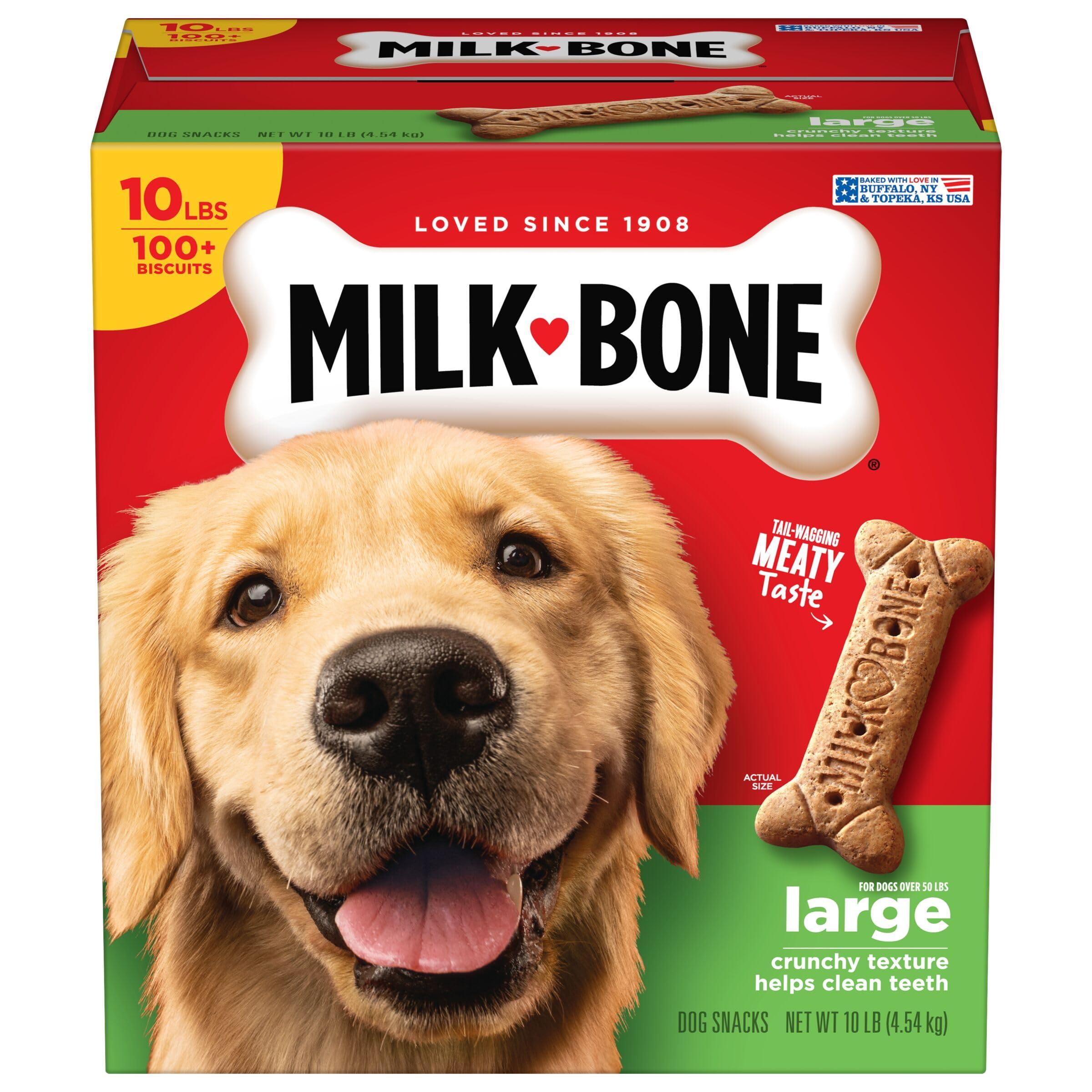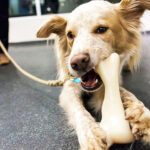As a dog owner, you undoubtedly love to treat your furry friend every now and then. With their soulful eyes and wagging tails, it’s hard to resist sharing a glimpse of your own culinary delights with them. However, when it comes to human food, not everything is safe or suitable for our four-legged companions. One treat that often raises eyebrows in the pet community is the gummy bear—a chewy, colorful morsel that many people adore. But can these sugary confections be safely shared with your pup?
In this article, we’ll delve into the world of gummy bears, exploring their ingredients, potential risks, and what every responsible dog owner should consider before letting their canine companions have a taste of this popular sweet. So, grab a seat and let’s uncover the facts behind this chewy curiosity!
Table of Contents
- Understanding the Ingredients: Are Gummy Bears Safe for Dogs?
- The Risks of Gummy Bear Consumption: What to Watch Out For
- Alternatives to Gummy Bears: Healthier Treat Options for Your Dog
- Expert Tips for Dog Owners: Making Informed Snack Choices
- Q&A
- Key Takeaways
Understanding the Ingredients: Are Gummy Bears Safe for Dogs?
When examining the safety of gummy bears for dogs, it’s essential to scrutinize their ingredients. Most gummy bears contain sugar, gelatin, and food coloring. While gelatin is generally safe for dogs and can even have health benefits, excessive sugar is concerning. Sugar can lead to obesity, dental issues, and even diabetes in dogs. Additionally, many gummy bears are loaded with artificial flavors and colors, which don’t contribute any nutritional value and may be harmful in large quantities.
Perhaps the most significant ingredient to watch out for is xylitol, a common sweetener found in many sugar-free candies. Xylitol is extremely toxic to dogs and can cause a rapid insulin release, leading to hypoglycemia (low blood sugar), seizures, or even liver failure. Always read the labels carefully! To help you better understand, here’s a brief comparison table of common gummy bear ingredients:
| Ingredient | Safety for Dogs |
|---|---|
| Gelatin | Generally Safe |
| Sugar | Risk of Obesity |
| Xylitol | Highly Toxic |
| Artificial Colors | Potentially Harmful |
The Risks of Gummy Bear Consumption: What to Watch Out For
While gummy bears may be a delightful treat for humans, their consumption can pose significant risks to our canine companions. One of the primary concerns is the ingredient xylitol, a sugar substitute commonly found in sugar-free gummy candies. Xylitol is highly toxic to dogs and can lead to rapid insulin release, which in turn causes a dangerous drop in blood sugar levels. Symptoms of xylitol poisoning may include:
- Vomiting
- Loss of coordination
- Seizures
- Lethargy
Moreover, gummy bears are often loaded with artificial colors and preservatives that could trigger allergies or gastrointestinal upset in dogs. The chewy texture of gummy candies can also be a choking hazard, especially for small breeds. It’s crucial for dog owners to be vigilant about the snacks they leave accessible to their pets. Below is a quick comparison of potential risks associated with gummy bear consumption:
| Risk Factor | Impact on Dogs |
|---|---|
| High Sugar Content | Weight Gain, Diabetes |
| Xylitol | Severe Toxicity |
| Choking Hazard | Potential Obstruction |
| Artificial Additives | Allergies, GI Upset |
Alternatives to Gummy Bears: Healthier Treat Options for Your Dog
If you’re looking for dog treats that won’t compromise your furry friend’s health, there are several delightful alternatives to gummy bears. These options are not only beneficial for your dog’s well-being but can also be enticing and enjoyable. Here are some wholesome treats your pup will love:
- Carrot sticks: Crunchy and sweet, carrots are low in calories and high in vitamins.
- Sweet potatoes: A nutrient-packed treat, they can be baked or dehydrated into chewy snacks.
- Apple slices: Make sure to remove the seeds; apples provide fiber and vitamin C.
- Plain yogurt:** A great source of calcium; just ensure it doesn’t contain artificial sweeteners.
For a more engaging treat, you might consider homemade options that allow you to control the ingredients. Your dog will appreciate the effort, and you can tailor recipes to their taste. Below is a simple recipe idea to get you started:
| Ingredient | Amount |
|---|---|
| Oat flour | 1 cup |
| Peanut butter | ½ cup |
| Egg | 1 |
| Carrots (grated) | ½ cup |
These wholesome ingredients blend together into tasty treats your dog will adore—just roll them into small balls and bake! By choosing healthier options, you can ensure your dog enjoys a treat that’s not only delicious but also good for their health.
Expert Tips for Dog Owners: Making Informed Snack Choices
When it comes to treating our furry companions, it’s essential to be well-informed about what snacks are safe and healthy for them. While gummy bears may seem like a fun treat, they can pose potential risks for dogs. Here are some key considerations to keep in mind when evaluating snack options for your pet:
- Ingredients Matter: Always check the label for ingredients such as xylitol, a sugar substitute that is toxic to dogs.
- Portion Control: Even safe treats should be given in moderation to avoid digestive issues.
- Allergies and Sensitivities: Be aware of your dog’s specific allergies; what’s safe for one may not be for another.
- Alternative Treats: Consider healthier snack options like carrots, apple slices, or commercially available dog treats that are formulated for their dietary needs.
Understanding the nutritional needs of your dog can help you make better snack choices. Below is a simple comparison of common snack options to help you gauge their suitability:
| Snack | Suitability | Notes |
|---|---|---|
| Gummy Bears | 🚫 Unsafe | Contains sugar and artificial ingredients. |
| Carrots | ✅ Safe | Low in calories, high in fiber. |
| Peanut Butter | ✅ Safe (in moderation) | Choose xylitol-free brands. |
| Commercial Dog Treats | ✅ Safe | Formulated specifically for dogs. |
Q&A
Q&A:
Q1: Are gummy bears safe for dogs to eat?
A1: Generally, gummy bears are not safe for dogs. While they contain ingredients that may not be toxic in small amounts, they are packed with sugar and artificial ingredients that can upset a dog’s stomach and lead to other health issues.
Q2: What ingredients in gummy bears can harm dogs?
A2: The main culprits are sugar, artificial sweeteners (like xylitol, which is highly toxic to dogs), and gelatin. Excessive sugar can lead to obesity and dental issues, while xylitol can cause dangerous drops in blood sugar levels.
Q3: What should I do if my dog eats gummy bears?
A3: If your dog ingests gummy bears, monitor them for any signs of distress such as vomiting, diarrhea, or lethargy. If they consumed a significant amount, especially if it contained xylitol, it’s best to consult with your veterinarian immediately.
Q4: Are there any dog-friendly alternatives to gummy bears?
A4: Absolutely! Look for dog treats specifically designed with canine health in mind, or consider making your own treats using safe ingredients like pureed fruits, vegetables, or peanut butter without added sugars or xylitol.
Q5: How can I tell if a treat is safe for my dog?
A5: Always check the ingredient list! Avoid treats with artificial sweeteners, excessive sugar, or additives that are not dog-friendly. When in doubt, consult your vet or opt for treats made specifically for dogs.
Q6: Can small amounts of gummy bears be okay for dogs?
A6: While a tiny piece may not cause immediate harm, it’s best to be cautious. Even small amounts of sugar can be detrimental over time, leading to weight gain and other health issues. Moderation is key, but it’s safest to avoid gummy bears altogether.
Q7: What are the signs that my dog has eaten something harmful?
A7: Symptoms to watch for include vomiting, diarrhea, excessive drooling, lethargy, tremors, or seizures. If you notice any of these signs after your dog has eaten gummy bears or other suspicious treats, contact your veterinarian right away.
Q8: Is it okay to share human food with my dog?
A8: Sharing food can be a sweet bonding experience, but it’s vital to know which human foods are safe for dogs. Stick to foods that are dog-approved and avoid anything processed or sugary, like gummy bears.
—
Q9: What other candies should I keep away from my dog?
A9: Aside from gummy bears, keep chocolate, sugar-free candies (due to xylitol), hard candies, and any treats containing raisins, grapes, or macadamia nuts far from your furry friend to avoid potential health risks.
Q10: How can I make treat time special for my dog without gummy bears?
A10: Get creative! Organize a homemade dog treat baking session using safe ingredients, or host a doggy playdate with healthy snacks. You can also incorporate training sessions where your dog earns treats for good behavior!
—
This Q&A aims to inform dog owners about the risks of gummy bears and provide them with safe alternatives, ensuring their furry friends stay healthy and happy!
Key Takeaways
while gummy bears might delight our taste buds with their sugary, chewy goodness, they pose various risks to our canine companions. As responsible dog owners, it’s crucial to prioritize our pets’ health and safety by steering clear of these cute, colorful candies. Instead, consider opting for dog-friendly treats that will satisfy their cravings without compromising their well-being. Always remember to consult your veterinarian if you’re ever in doubt about what foods are safe for your furry friend. By staying informed and making thoughtful choices, we can ensure our dogs lead happy and healthy lives—free from the perils of our human snacks. After all, a wagging tail and a healthy pup are the sweetest rewards we can ask for!



















